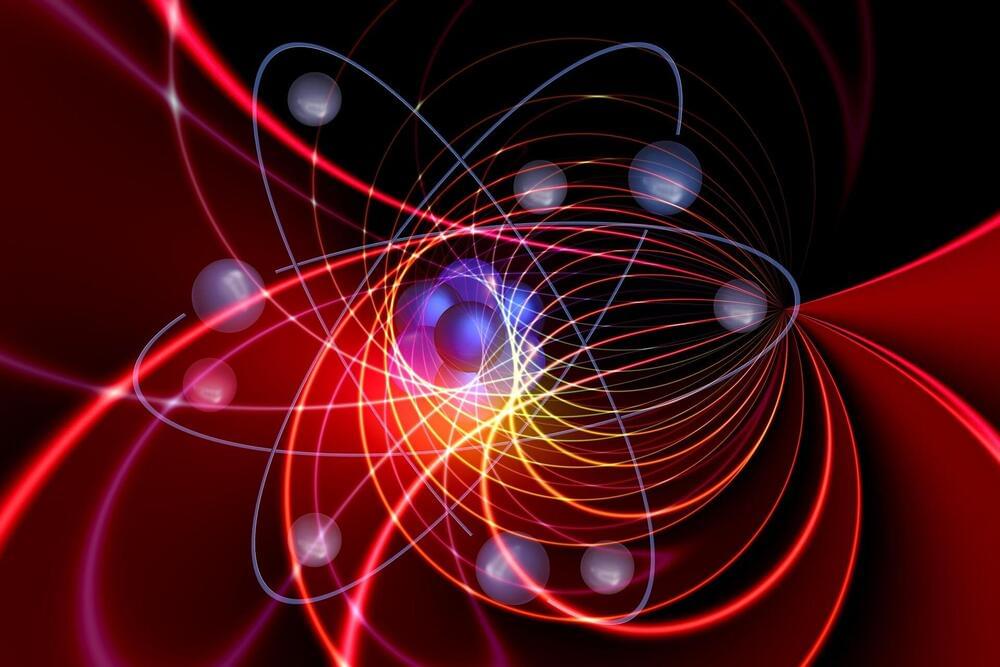Though they are discrete particles, water molecules flow collectively as liquids, producing streams, waves, whirlpools, and other classic fluid phenomena.
Not so with electricity. While an electric current is also a construct of distinct particles—in this case, electrons —the particles are so small that any collective behavior among them is drowned out by larger influences as electrons pass through ordinary metals. But, in certain materials and under specific conditions, such effects fade away, and electrons can directly influence each other. In these instances, electrons can flow collectively like a fluid.
Now, physicists at MIT and the Weizmann Institute of Science have observed electrons flowing in vortices, or whirlpools—a hallmark of fluid flow that theorists predicted electrons should exhibit, but that has never been seen until now.
